Different Types of High Holding Power Anchors: Crucial in Ensuring the Stability and Safety of Vessels
Anchors are essential tools in the maritime industry, as they play a critical role in ensuring the stability and safety of vessels at sea. High holding power anchors stand out among the various types of anchors for their ability to provide superior grip in difficult conditions. In this article, we will delve into the different types of high holding power anchors, exploring their designs, features, applications and how to select the suitable type for specific use.
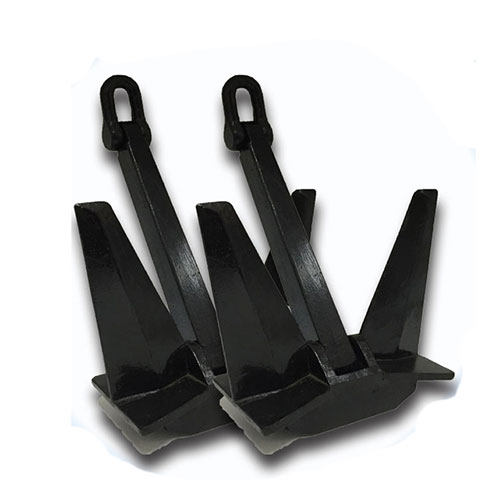
What are the Different Types of High Holding Power Anchors
1. Fluke-Type Anchors
Design: Fluke anchors, also known as lightweight anchors, have a crown stock and two curved, pointed flukes. These anchors have excellent holding power and can penetrate a variety of seabed types.
Applications: Fluke-type anchors are commonly used in small to medium-sized vessels and are popular choices for recreational boating and light-duty applications.
2. Plow-Type Anchors
Design: These anchors, which resemble traditional plows, have a single strong, broad fluke designed to dig into the seabed. Plow anchors are well-known for their adaptability and ability to provide consistent holding power in a variety of bottom conditions.
Applications: Plow-type anchors are widely used in a variety of vessels, including larger boats and ships, and are suitable for both temporary and long-term mooring.
3. Delta-Type Anchors
Design: Delta anchors are triangular in shape and have a wide, flat surface with a weighted tip. This design allows for rapid and deep penetration into the seafloor while still providing dependable holding power.
Applications: Delta anchors are well-known for their effectiveness in sandy and muddy bottoms, making them popular in both recreational and commercial maritime settings.
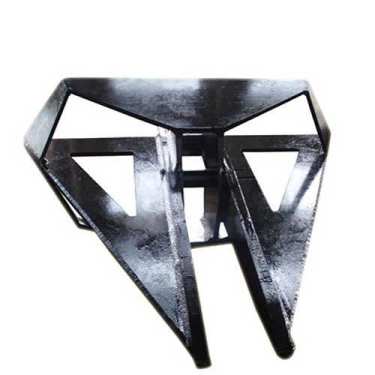
4. Danforth-Type Anchors
Design: Characterized by two long, sharp flukes attached to a stock at a 90-degree angle, Danforth anchors are renowned for their lightweight construction and easy storability. They excel in areas with a soft seabed.
Applications: Commonly used in small to medium-sized vessels, Danforth anchors are preferred for their holding power in sand and mud.
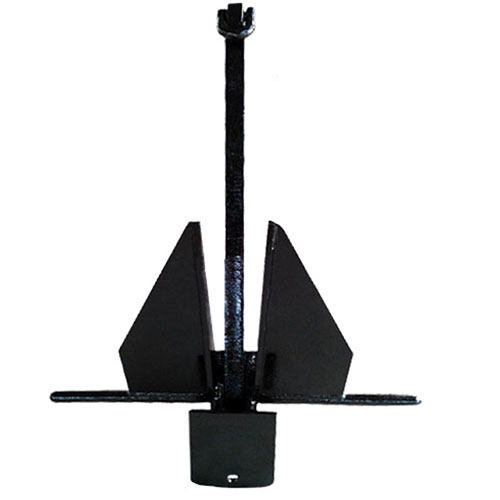
5. Bruce-Type Anchors
Design: Bruce claw anchors have three curved flukes and are designed to pivot to ensure quick and secure anchoring. They are known for their strong holding power.
Applications: Widely used in both commercial and recreational vessels, Bruce anchors are effective in a variety of seabed conditions, including rocky bottoms.
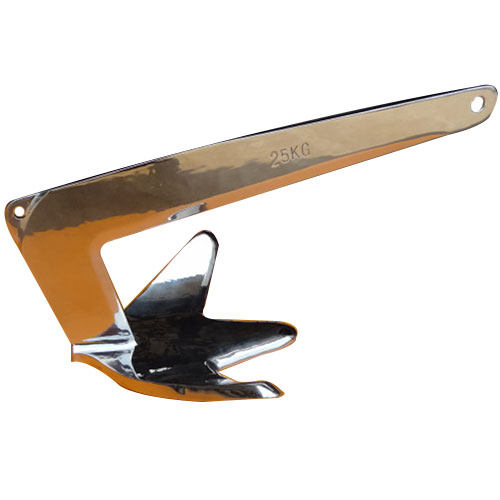
6. Mushroom-Type Anchors
Design: Mushroom anchors have a distinctive shape, resembling a mushroom cap. These anchors work by burying themselves in the seabed, providing excellent holding power in soft bottoms.
Applications: Commonly used in permanent moorings and for securing floating docks, mushroom anchors are effective in areas with silt and mud.
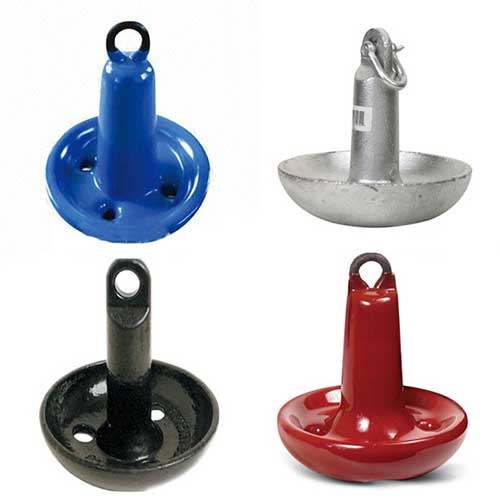
How to Choose the Suitable Type of High Holding Power Anchors
For boat owners and mariners, selecting the right type of high holding power anchor is critical. The effectiveness of a marine anchor is determined by a variety of factors, including seabed type, vessel size and type, and environmental conditions.
1. Understand Your Vessel
Consider your vessel’s size, weight, and type. Anchors with greater holding power may be required for larger vessels to ensure stability in adverse conditions.
2. Know the Seabed Conditions
For various seabed conditions, different anchors are designed. Consider whether the predominant type of bottom in the areas where you will anchor is sandy, muddy, rocky, or a combination of these.
3. Research Anchor Types
Learn about the different types of high holding power anchors, including fluke-type, plow-type, delta-type, Danforth-type, Bruce-type, and mushroom-type anchors. Each type has its strengths and is suitable for specific conditions.
4. Consider Holding Power
Evaluate the holding power of each anchor type. Holding power refers to the anchor’s ability to remain embedded in the seabed and resist dragging. Choose an anchor that provides sufficient holding power for your vessel’s size and the expected weather conditions.
5. Think about Versatility
If you plan to anchor in different locations with varying seabed conditions, consider anchors known for their versatility. Plow-type anchors, for example, are often praised for their ability to hold well in different types of bottoms.
6. Examine Retrieval Ease
Consider how easy it is to retrieve and stow the anchor. Some anchor types, like Danforth anchors, are known for their ease of use and quick retrieval, making them suitable for situations where you need to anchor frequently.
7. Account for Weight and Storage
Evaluate the weight and storage requirements of the anchor. Ensure that the anchor is manageable in terms of weight and can be conveniently stored on your vessel.
8. Check Anchor Material and Construction
Consider the material and construction of the anchor. High-quality materials, such as galvanized steel or stainless steel, contribute to durability and corrosion resistance.
9.Consult with Experts
Consult with marine experts or professionals at marine supply stores. They can make customized recommendations based on your specific requirements and vessel characteristics.
10. Factor in Budget
While safety should be your top priority, don’t forget about your budget. High holding power anchors are available at a variety of prices, and striking a balance between quality and cost is critical.
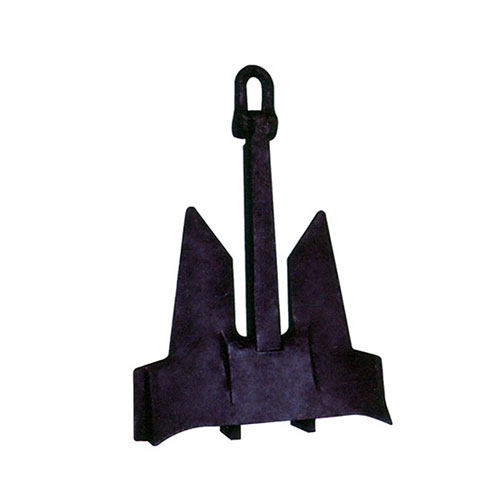
Conclusion
High holding power anchors are critical to the safety and stability of vessels at anchor. Fluke-type, plow-type, delta-type, Danforth-type, Bruce-type, and mushroom-type anchors come in a variety of designs to accommodate different seabed conditions and vessel sizes, providing maritime enthusiasts and professionals with dependable options for secure mooring.

